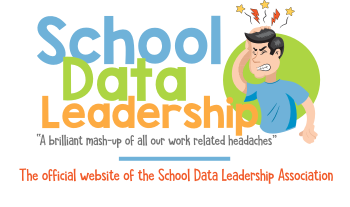Standard 1 - Engaging and Supporting All Students in Learning
Teachers know and care about their students to engage them in learning. They connect learning to students’ prior knowledge, backgrounds, life experiences, and interests. They connect subject matter to meaningful, real-life contexts. Teachers use a variety of instructional strategies, resources, and technologies to meet the diverse learning needs of students. They promote critical thinking through inquiry, problem solving, and reflection. They monitor student learning and adjust instruction while teaching.
1.2 - Connecting learning to students’ prior knowledge, backgrounds, life experiences, and interests
As teachers develop, they may ask, “How do I…” or “Why do I…”
1. Help Students See the Connections Between What They Already Know and the New Material?
• Strategy: Start lessons with a discussion or activity that activates prior knowledge. Use KWL charts (Know, Want to Know, Learned) to connect new content with what students already know.
• Example: Before starting a unit on ecosystems, ask students to share what they know about their local environment and relate these observations to broader ecological concepts.
• Resource: Teaching Channel: Activating Prior Knowledge
2. Connect Classroom Learning to Students’ Life Experiences and Cultural Backgrounds?
• Strategy: Incorporate culturally responsive teaching practices. Use examples, case studies, and references that reflect the diverse cultural backgrounds of students.
• Example: In a history lesson, include perspectives from different cultures and encourage students to share stories or traditions from their own backgrounds that relate to the topic.
• Resource: Edutopia: Culturally Responsive Teaching
3. Support All Students to Use First and Second Language Skills to Achieve Learning Goals?
• Strategy: Encourage the use of bilingual resources and allow students to demonstrate understanding in their first language before translating to the second language.
• Example: In a language arts class, allow English Language Learners (ELLs) to write a draft in their first language and then work with a peer or teacher to translate it into English.
• Resource: Colorín Colorado: Strategies for ELLs
4. Open a Lesson or Unit to Capture Student Attention and Interest?
• Strategy: Use hooks such as intriguing questions, relevant stories, multimedia resources, or hands-on activities to grab students’ attention at the beginning of a lesson.
• Example: Begin a science unit on space with a video of recent space missions or an interactive simulation of the solar system.
• Resource: ReadWriteThink: Engaging Lesson Openers
5. Build on Students’ Comments and Questions During a Lesson to Extend Their Understanding?
• Strategy: Create a classroom environment where student questions are encouraged and valued. Use their comments and questions as a springboard for deeper exploration of the topic.
• Example: During a math lesson, if a student asks why a particular formula works, use that question to delve into the underlying principles and provide additional examples.
• Resource: TeachThought: Promoting Inquiry-Based Learning
Additional Resources for Engaging and Supporting All Students in Learning
1. Universal Design for Learning (UDL): Provides a framework for creating flexible learning environments that can accommodate individual learning differences.
• CAST: Universal Design for Learning Guidelines
2. Differentiated Instruction: Offers strategies for tailoring instruction to meet the diverse needs of students.
• ASCD: Differentiated Instruction
3. Educational Technology: Tools and resources that support the integration of technology to enhance learning experiences.
• EdTech Magazine: Educational Technology
4. Inquiry-Based Learning: Encourages students to learn by asking questions, investigating, and discovering answers.
